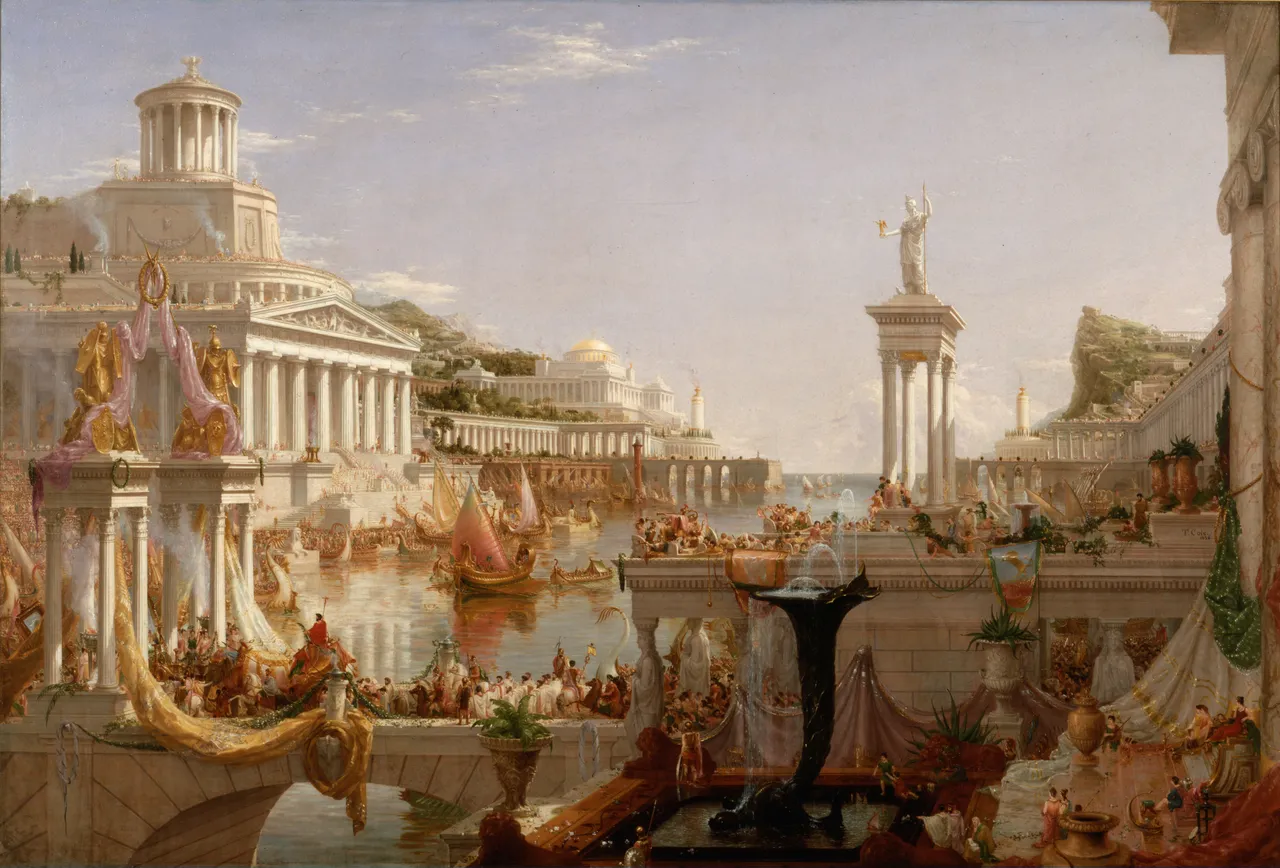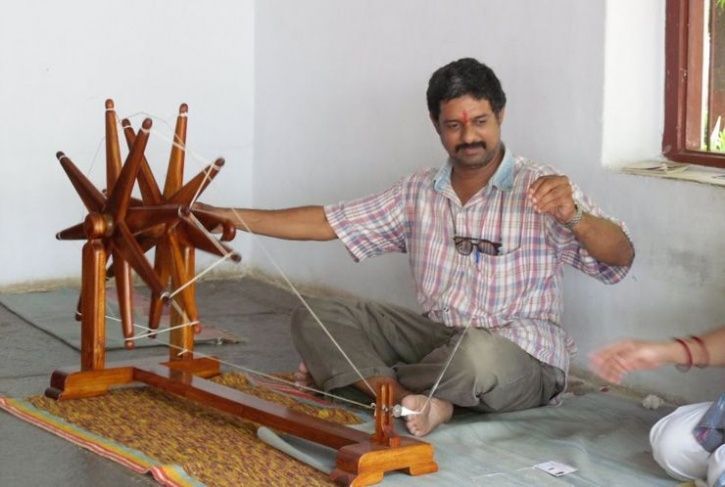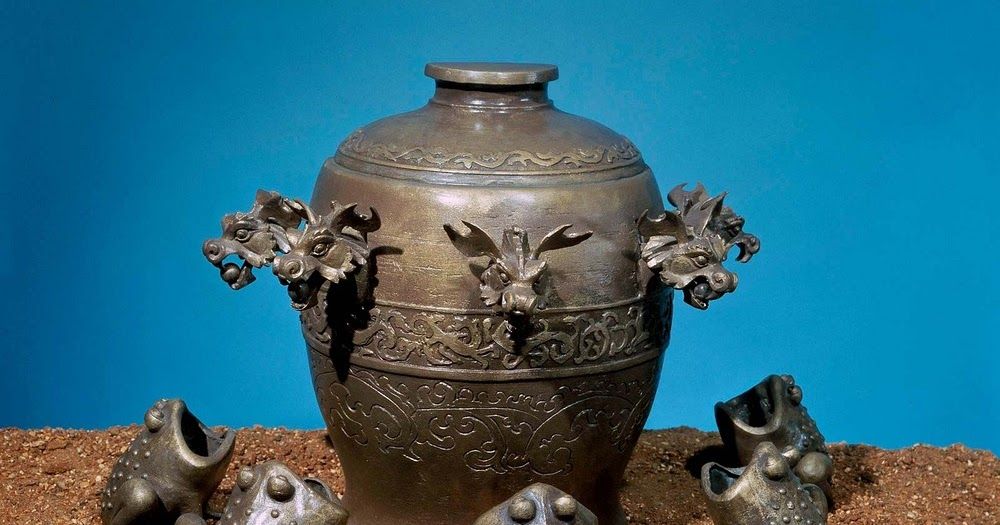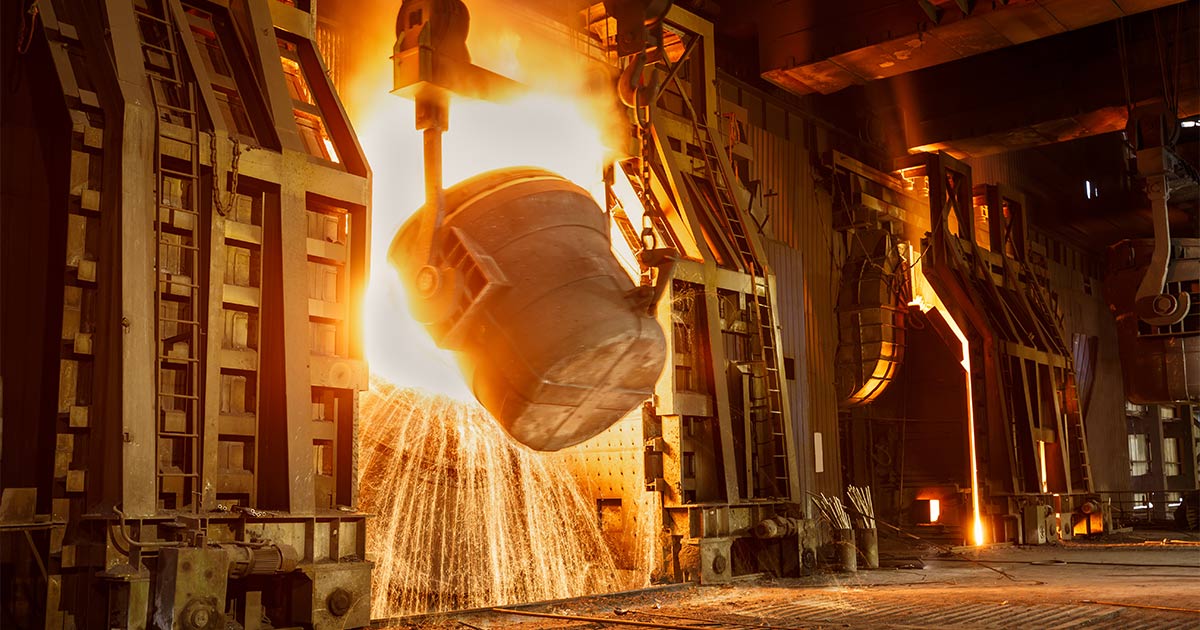A period of significant cultural and intellectual growth
The Renaissance was a period of significant cultural and intellectual growth that took place in Europe from the 14th to the 17th century. It is often referred to as the "rebirth" of classical knowledge and values, as it was marked by a revival of interest in the arts, literature, and sciences.

Florence, Italy, is often considered the birthplace of the Renaissance, as it was home to many of the key figures and ideas that defined this period. The city was a center of trade and commerce, and it attracted a diverse and highly educated population that was open to new ideas and ways of thinking.
One theory for why Florence is considered the birthplace of the Renaissance is that the city was deeply affected by the Crisis of the Late Middle Ages, which included significant social, economic, and political upheaval. The Black Death, which struck Europe between 1348 and 1350, is thought to have had a particularly profound impact on Florence, as it is estimated that the city lost around 60% of its population to the plague.
This devastating loss of life may have contributed to a shift in people's worldview in 14th century Italy, leading to a greater emphasis on humanism, individualism, and the importance of the individual. These values and ideas are often associated with the Renaissance and are thought to have played a significant role in the cultural and intellectual growth of the period.
The Cotton Gin

A cotton gin—meaning "cotton engine"—is a machine that quickly and easily separates cotton fibers from their seeds, enabling much greater productivity than manual cotton separation. American inventor Eli Whitney created a modern mechanical cotton gin in 1793 and patented it in 1794. Whitney's cotton gin had an outsized impact on the world, but cotton gins had been around since at least AD 500. The earliest versions of the cotton gin consisted of a single roller made of iron or wood and a flat piece of stone or wood. The earliest evidence of the cotton gin is found in the fifth century in Buddhist paintings depicting a single-roller gin in the Ajanta Caves in western India. The Indian worm-gear roller gin, invented sometime around the 16th century, has remained virtually unchanged up to the present time.
The Indian roller cotton gin, known as the churka or charkha, was introduced to the United States in the mid-18th century when it was adopted in the southern United States. The device was adopted for cleaning long-staple cotton but was not suitable for the short-staple cotton that was more common in certain states such as Georgia.
The Compass
The first compass was invented in China during the Han dynasty, and it was made of lodestone, a naturally magnetized iron ore. The Chinese were aware of the attractive properties of lodestone for centuries, and they used it to create the first compass.
The compass was not used for navigation until the Song dynasty, between the 11th and 12th centuries. During this time, the Chinese began to use the compass for navigation on ships, and it played a significant role in the expansion of trade and commerce in the region.
The compass was later introduced to Europe, where it was improved upon and became an important tool for navigation and exploration. It is now an essential tool for navigation and is used all over the world.
The Seismograph

Dating back to 2,000 years ago in ancient China, the Houfeng Didong Yi, a seismoscope, was the first earthquake detection device recorded in history, and it was very effective. The person who created the tool was Zhang Heng.
The Houfeng Didong Yi could detect earthquakes hundreds of kilometers away remotely. The jar device featured eight tubed projections shaped as dragon heads on the exterior, with eight corresponding toads at the base of the jar. Each toad represented a direction in which the seismic wave was traveling. To indicate the direction of a distant earthquake, the ancient invention would drop the ball in one of the toads.
Steel Alloy

Steel was known in antiquity and was produced in bloomeries and crucibles. The earliest known steel production is ironware excavated from an archaeological site in Anatolia (Kaman-Kalehöyük); the steel is nearly 4,000 years old, dating from 1800 BC. Horace identifies steel weapons such as the falcata in the Iberian Peninsula, while the Roman military used Noric steel.
The reputation of Seric iron of South India (wootz steel) grew considerably in the rest of the world. Metal production sites in Sri Lanka employed wind furnaces driven by the monsoon winds, capable of producing high-carbon steel. Large-scale Wootz steel production in India using crucibles occurred by the sixth century BC, the pioneering precursor to modern steel production and metallurgy.
The Chinese of the Warring States period (403–221 BC) had quench-hardened steel. At the same time, the Han dynasty Chinese (202 BC-AD 220) created steel by melting together wrought iron with cast iron, thus producing carbon-intermediate steel by the 1st century AD.
There is also evidence that carbon steel was made in Western Tanzania by the ancestors of the Haya people as early as 2,000 years ago through a complex process of "pre-heating," allowing temperatures inside a furnace to reach 1300 to 1400 °C.
The Clock

The earliest known clocks were sundials, which were used to measure time by tracking the movement of the sun across the sky. Sundials have been in use for thousands of years and are still used today in some parts of the world.
Other early clocks included water clocks, which used the flow of water to measure time, and candle clocks, which used the burning of a candle to measure time. These early clocks were relatively crude and were not very accurate, but they helped to establish the basic principles of timekeeping.
The first mechanical clocks, which used gears and escapements to measure time, appeared in the 14th century. These clocks were much more accurate than earlier clocks and were powered by weights or springs. Mechanical clocks became increasingly sophisticated over the centuries, and they played a significant role in the development of science and technology.
Today, there are many different types of clocks, including wristwatches, wall clocks, and digital clocks. Clocks continue to play a vital role in our daily lives and are used to measure and keep track of time in many different contexts.
The Gun

The history of the gun stretches back many centuries and is closely tied to the development of human civilization. The gun is a weapon that uses gunpowder or other explosive substances to launch a projectile, and it has played a significant role in the history of warfare and self-defense.
The earliest known guns were invented in China in the late 14th century and were used for warfare. These early guns were called "fire lances" and were essentially tubes of bamboo or bronze that were filled with gunpowder and ignited. The fire lances were used to create a burst of flame and were primarily used to frighten enemies and clear obstacles.
Over time, the technology of the gun evolved, and more sophisticated guns were developed. In the 15th century, guns with barrels made of iron or steel began to appear, and these guns were more accurate and had a longer range than earlier guns.
In the 16th century, the first firearms with rifled barrels were developed, and these guns were even more accurate and had a longer range than earlier guns. The development of these firearms played a significant role in the expansion of European colonization and the conquest of new lands.
Today, guns are used for a variety of purposes, including warfare, self-defense, hunting, and sport shooting. The technology of the gun has continued to evolve over the centuries, and there are now many different types of guns available, each with its own unique features and capabilities.
Overall, the Renaissance was a period of significant cultural and intellectual growth that was marked by a revival of interest in the arts, literature, and sciences. Florence, Italy, is often considered the birthplace of the Renaissance, and it is thought that the city's unique cultural and historical context contributed to the development of the key ideas and values that defined this period.

